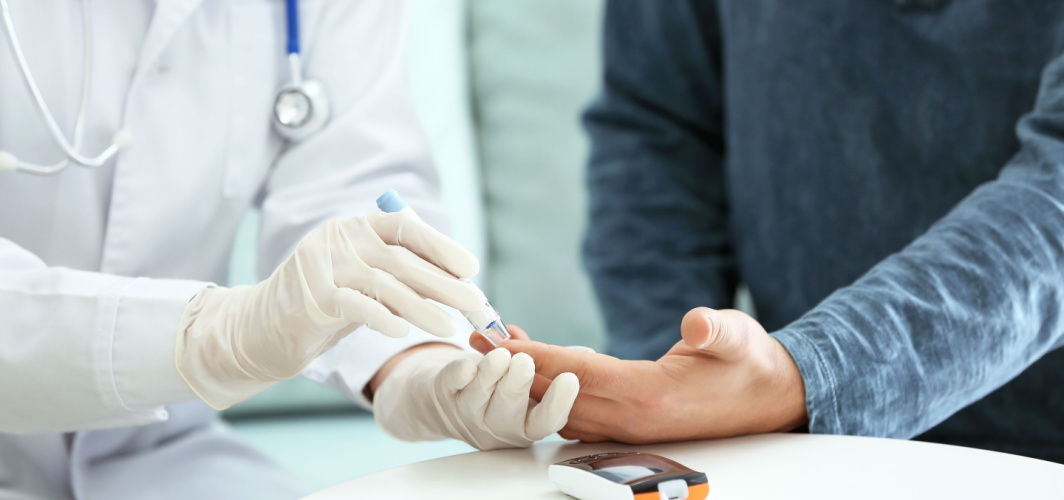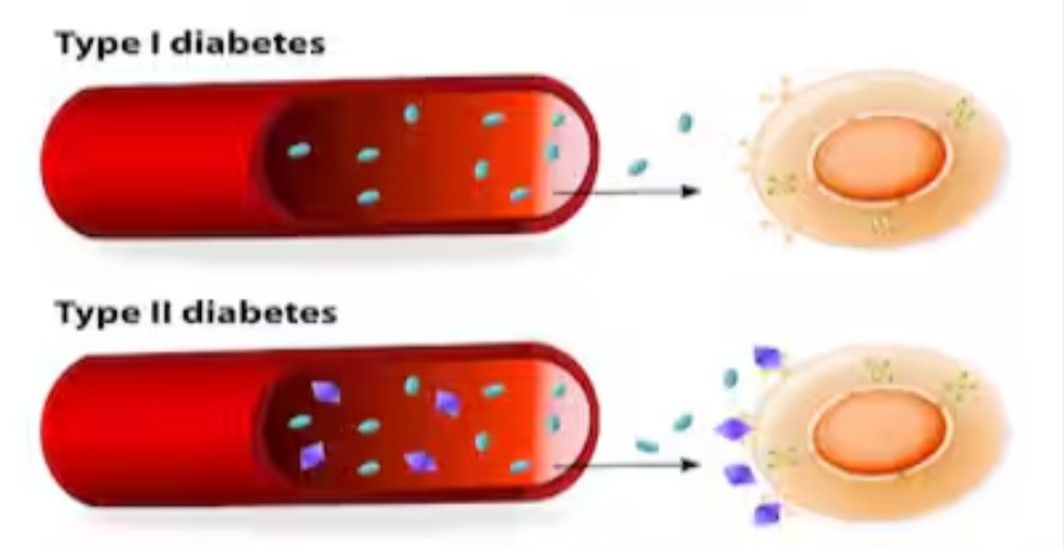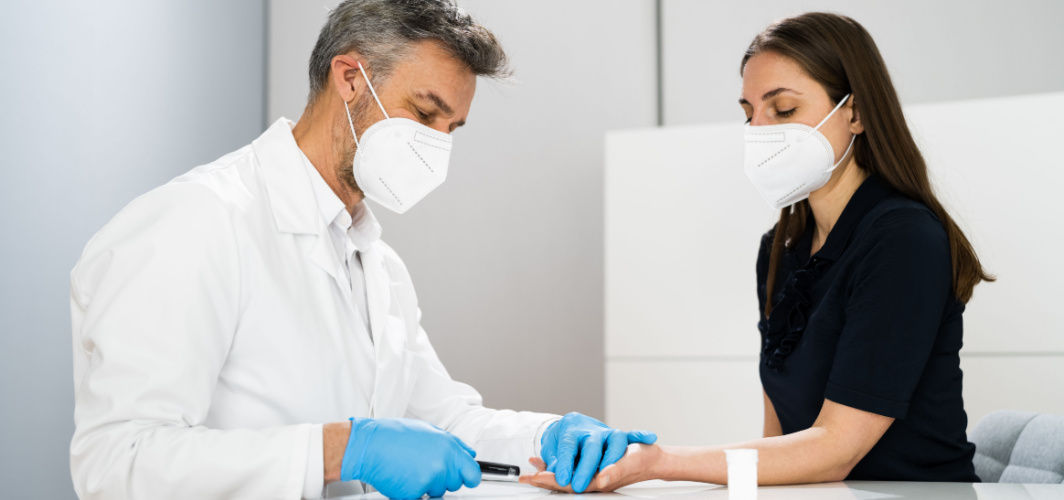Diabetes Management
Steps To Take In Case Of An Insulin Overdose
1 min read
By Apollo 24|7, Published on - 17 May 2024, Updated on - 03 April 2025
Share this article
0
1 like
.jpg?tr=q-80)
The balance of insulin, a hormone that controls the amount of glucose or sugar in our blood, is critical for individuals with diabetes. However, what happens if you accidentally administer too much insulin? Missteps can occur, but being prepared can help manage the situation effectively.
Recognising Symptoms Of Insulin Overdose
An overdose of insulin can lead to a condition called hypoglycaemia, also known as low blood sugar. Typical symptoms include dizziness, confusion, excessive sweating, heart palpitations, hunger, and in severe cases, unconsciousness. It's crucial to recognise these signs early and take immediate action.
Immediate Steps To Counteract Insulin Overdose
If you notice symptoms of hypoglycaemia, your first step should be to consume carbohydrates immediately. Foods with simple sugars like fruit juice, soda, honey or glucose tablets can swiftly raise your blood glucose levels. After eating, wait for 15 minutes and check your blood sugar again.
When To Seek Medical Help
In case your symptoms persist after initial steps, it's vital to seek immediate medical attention. The situation could be severe and may require professional intervention for proper treatment.
Managing Insulin Doses Properly
Avoiding insulin overdoses comes down to proper management. Carefully measuring your insulin doses under a doctor's guidance, regular monitoring of blood glucose levels, and understanding the response of your body to insulin are all crucial aspects of managing diabetes effectively.
Remember, while insulin overdoses can be scary, they are manageable if you act promptly and correctly. Always be vigilant about your insulin administration and keep a close watch on your blood sugar levels. In case of any doubt or persistent issues, consult with your doctor immediately.
Diabetes Management
Consult Top Diabetologists
View AllLeave Comment
Recommended for you

Diabetes Management
Is the Risk of Developing Diabetes Higher in the Late Thirties?
While the risk of developing Type 1 diabetes for individuals in their late thirties is relatively low, Type 2 diabetes risk tends to increase. Factors contributing to this risk include metabolic changes, lifestyle choices, genetic reasons, hormonal shifts, and stress. To mitigate this risk, adopting a healthy lifestyle, regular checkups, stress management, and awareness of family history are crucial. Proactive measures can significantly reduce the risk of diabetes as individuals enter their late thirties and beyond.

Diabetes Management
The Commonalities Between Type 1 and Type 2 Diabetes
If you're wondering about the similarities between Type 1 and Type 2 diabetes, understand that both conditions revolve around issues with insulin and blood sugar regulation. Common symptoms like increased thirst, fatigue, and blurred vision are found in both types. Remember, proper management is key in both instances to prevent serious health complications.

Diabetes Management
Can High Blood Sugar During COVID-19 Indicate Diabetes?
According to a recent study, several new cases of diabetes are arising due to COVID-19. However, this form of diabetes is caused by the acute stress of a viral infection and is likely going to be temporary. The blood sugar levels might return to normal after discharge.
Subscribe
Sign up for our free Health Library Daily Newsletter
Get doctor-approved health tips, news, and more.
Visual Stories

8 Fruits That are Incredibly Healthy for Diabetes
Tap to continue exploring
Recommended for you

Diabetes Management
Is the Risk of Developing Diabetes Higher in the Late Thirties?
While the risk of developing Type 1 diabetes for individuals in their late thirties is relatively low, Type 2 diabetes risk tends to increase. Factors contributing to this risk include metabolic changes, lifestyle choices, genetic reasons, hormonal shifts, and stress. To mitigate this risk, adopting a healthy lifestyle, regular checkups, stress management, and awareness of family history are crucial. Proactive measures can significantly reduce the risk of diabetes as individuals enter their late thirties and beyond.

Diabetes Management
The Commonalities Between Type 1 and Type 2 Diabetes
If you're wondering about the similarities between Type 1 and Type 2 diabetes, understand that both conditions revolve around issues with insulin and blood sugar regulation. Common symptoms like increased thirst, fatigue, and blurred vision are found in both types. Remember, proper management is key in both instances to prevent serious health complications.

Diabetes Management
Can High Blood Sugar During COVID-19 Indicate Diabetes?
According to a recent study, several new cases of diabetes are arising due to COVID-19. However, this form of diabetes is caused by the acute stress of a viral infection and is likely going to be temporary. The blood sugar levels might return to normal after discharge.

